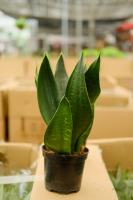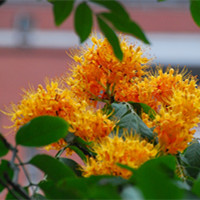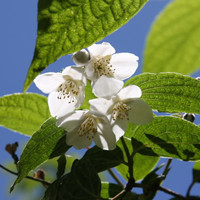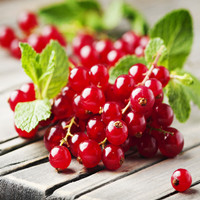Gooseberry
Do you often see gooseberries or gooseberries in jam, jelly and wine? Gooseberries have been studied to be good for cardiovascular health and improve immunity. The following Xiaobian will introduce you to this magical plant.
Gooseberry introduction
Gooseberry species
Parthenocissus of SaxifragaceaeGooseberry nickname
currant, thorn plum, lantern fruitGeographical distribution of gooseberry
red currant is mainly distributed in Europe, and Finland and Norway in northern Europe are the most famous. It has been distributed in both north and South China since it was introduced into China for more than 80 years. Blackcurrant is mainly planted in the three northeastern provinces of ChinaMorphological characteristics of gooseberry
gooseberry is a deciduous shrub with short but scattered plants and sharp thorns on new branches. The branching ability is very strong, and one clump can divide more than 50 branches; The lower part of the new shoot of gooseberry is axillary bud, the middle and upper part of the new shoot forms flower bud, and the flower bud is mixed bud; Gooseberry flowers are solitary or 2-3 flowers gather; Gooseberries gather into bouquet like fruit branches; The life span of gooseberries is generally 7-8 yearsGrowth characteristics of gooseberry
gooseberry has strong branching ability and high yield. It usually blooms in mid and late May, blooms at the end of May, and collects fruits in late June or July. It is listed earlier than other fruits and is resistant to storage and transportation gooseberries are resistant to high and low temperatures. Generally speaking, gooseberries will not die at 40 degrees above zero and 40 degrees below zero. Gooseberries are not only suitable for large-scale planting as fruit trees to obtain economic benefits, but also can be planted sporadically in balconies and gardens for decorationGooseberry flower language
conjecture and predictionGooseberry planting and maintenance skills


































